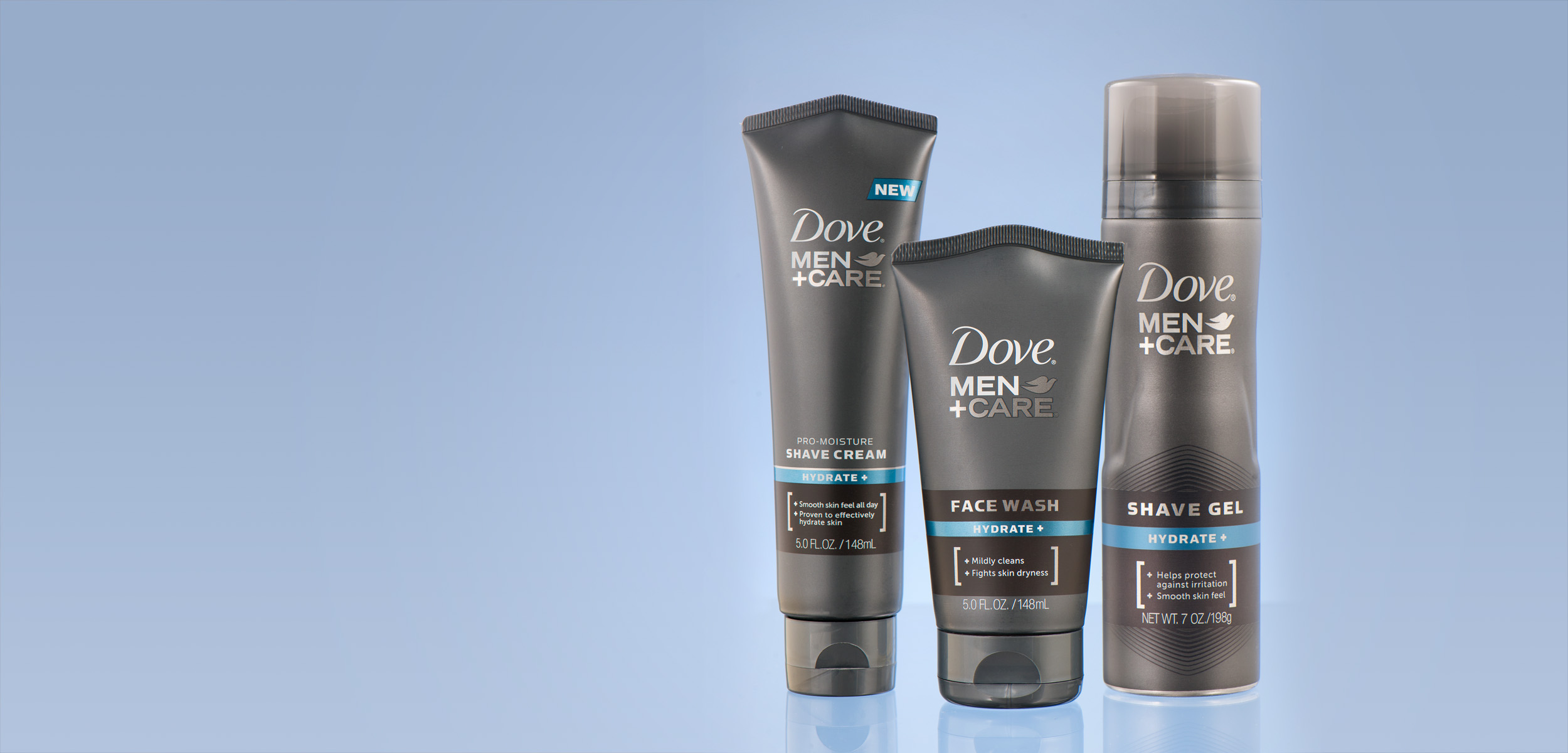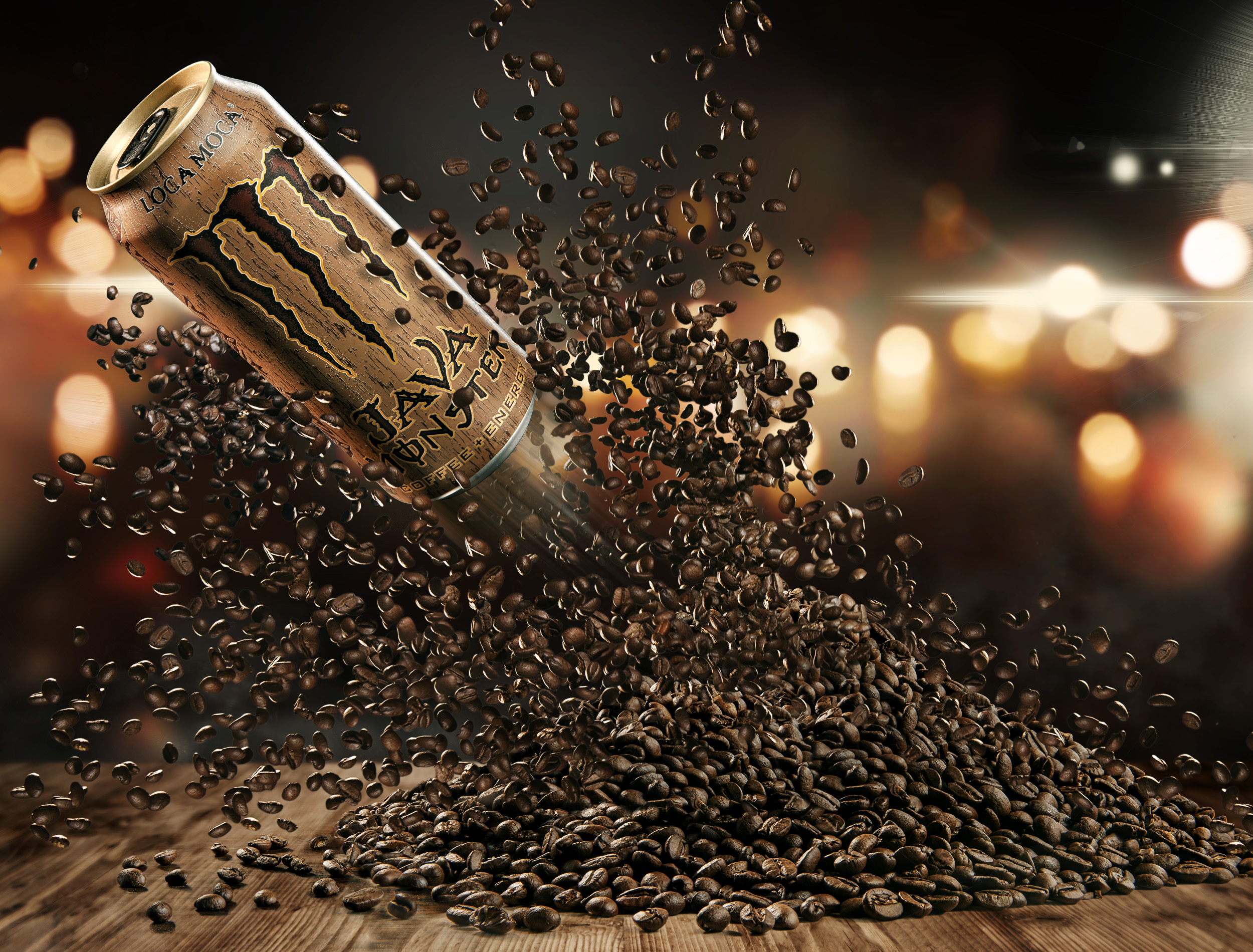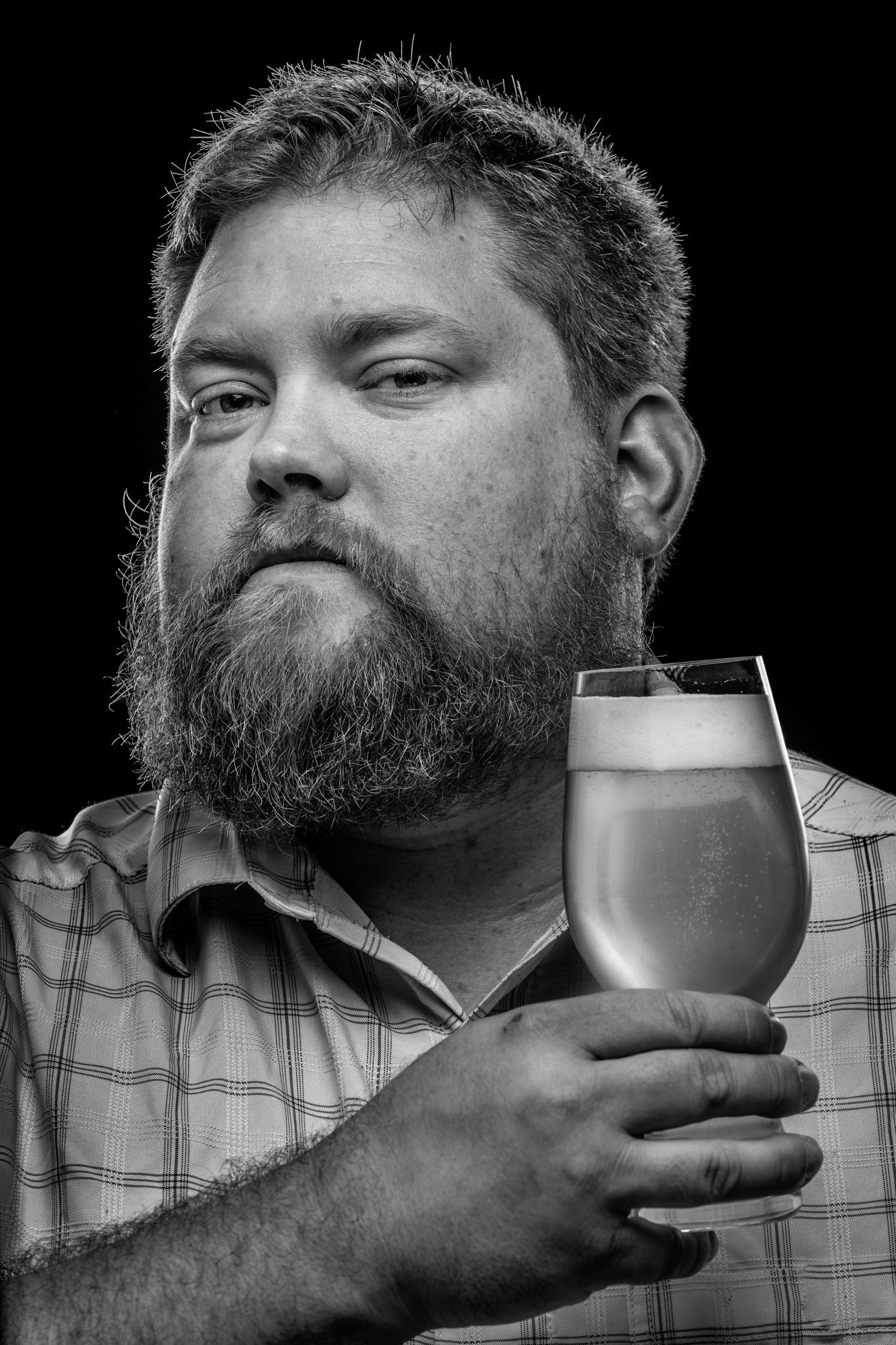Visual content today, now more than ever, is 40 times more likely to get shared across social media than other content. If you want your product or service to stand out from the crowd, quality photos are essential. Moreover, if a picture is worth a thousand words, imagine the value good product photography will add to your company brand. Great photography adds authority and legitimacy, which in turn, generates trust from the customer.
So excellent product photography is essential. We've established that. However, what type of photos should you invest your time and money? Professional product photographers can range from $125-$200 an hour, plus expenses, post-production, and image licensing. It's certainly not a cheap endeavor, but if you're serious about your product brand, you shouldn't cut any corners with your photography budget. In short, do invest in good photography as a critical component to your e-commerce or print advertising efforts. Do your homework and find a trusted studio, with whom you can clearly outline your vision and goals.
Again, we know that product photos are essential, but just how important are they? Well, from a recent poll, 22% of online product returns are because an “item looks different than the photos.” We all love an excellent lifestyle photo shoot, but it’s important to remember that representing your product accurately will save you money and time. No one wants to deal with returns and unhappy customers. Even if you’re showing your product in its best light, make sure your photos accurately represent what you’re selling.
78% of product photos today are created on white backgrounds. This fact is due mainly to the prominence of the Amazon marketplace. That means if you’re looking to build a unique brand, there’s room to use bright colors, prints, or lifestyle settings to help differentiate your products. Just remember, if you want to sell on marketplaces such as Amazon, white is mostly unavoidable.
Speaking of Amazon marketplace, E-commerce is more dependent on photography than any other kind of sales channel today because it breaks away from the traditional, physical shopping experience. Consumers cannot just walk into your store, pick up a product, try it on, feel the texture, before making the purchase. Your website needs to convey all the same information through much narrower mediums, primarily photographs, words, and video.
One important consideration is to create alternative views of each product. Close-ups, underneath, from the inside, looking out, and so on. The more detailed options you can show your potential customer, the more they will understand and see the value of the product, leading to fewer questions and returns. All of those details will also help minimize the risk of purchasing your product, do to a lack of understanding.
Your brand should be aiming to showcase their products to their fullest to potential customers. Today’s web-savvy customers are eager to find out information that will inform and validate their purchasing decisions, such as reviews, social media shares, vloggers, to name a few. Therefore presenting products through quality photography enables e-commerce retailers to cut through the ‘noise’ and add value, legitimacy, and trust.
Simplicity is key. We want things to look sleek, unobstructed, and easy to understand. A photographic style that supports this thinking also creates a statement that is bigger than just one product. Stripping out the clutter in your photos and focusing on the product not only creates a more versatile image that you can use for multiple applications but can also help elevate the perceived value of your products and your brand as a whole.
Also, do not forget the context of the image and the background. Context is relevant for both product images, where a consistent backdrop allows the focus to remain on the product, lifestyle images showcase your product in real-world situations that consumers can mentally "inject" themselves into the scene. They can see themselves living a similar lifestyle if they only had your product.
In every business there are trade-offs. Understanding product photography pricing, then deciding what you want to invest of your often limited budget, can a difficult decision when you’re just starting. There’s no magic formula and tactics that work for one business might not work for you, and vice versa. Just remember the key here is the age-old mantra, be consistent and be great!
TRAVIS DUNCAN | ADVERTISING PHOTOGRAPHER BASED IN THE MIDWEST. SPECIALIZING IN: PRODUCTS, PORTRAITS, AND ARCHITECTURAL PHOTOGRAPHY.
Travis Duncan Photography | Advertising • Corporate • Editorial
Web - www.travisduncan.com
Studio - 573-893-9917





























